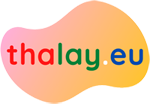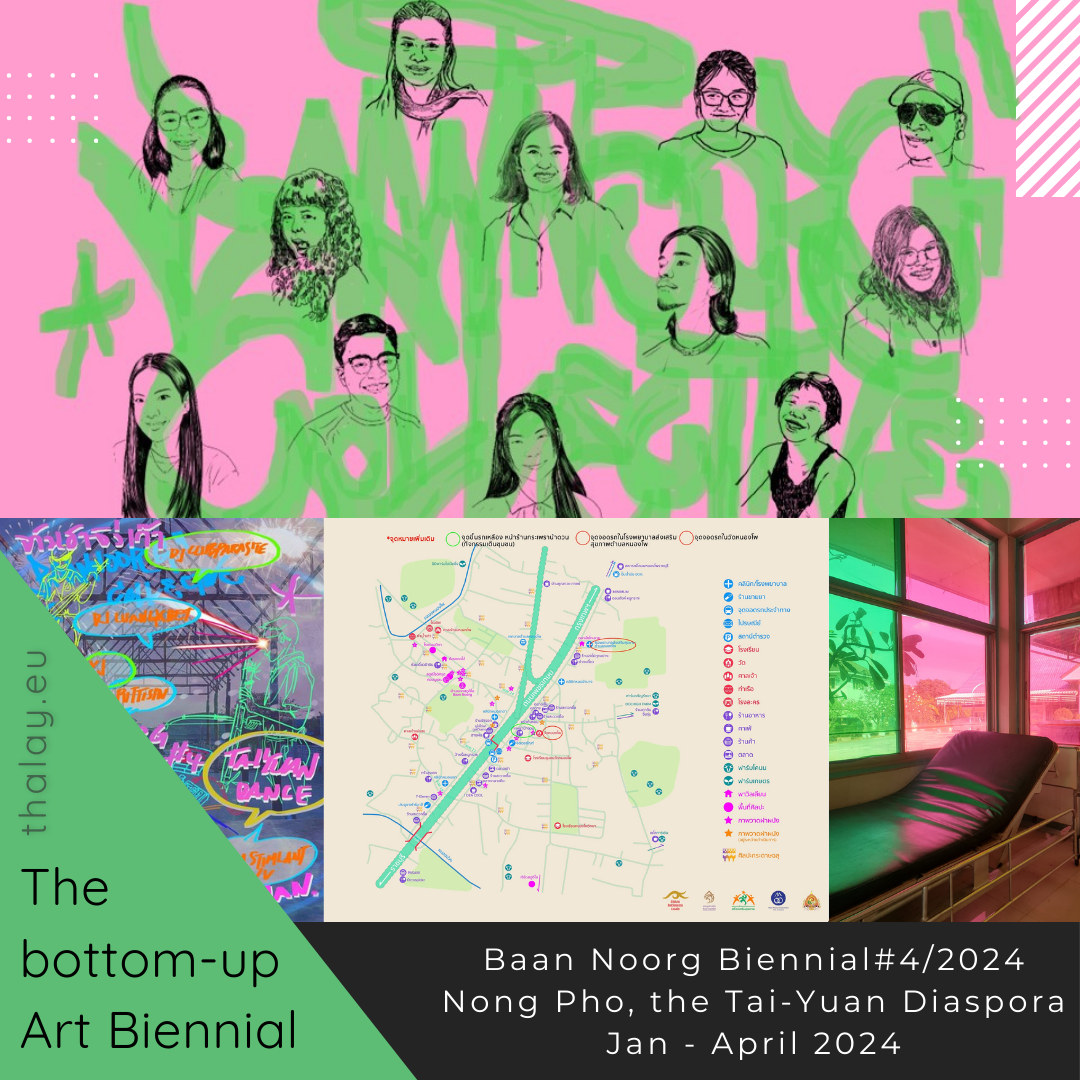*Photos in cover and article : Baan Noorg Collaborative Arts & Culture Facebook Page
Chāo Hàus
Chāo Hàus Jingkeo > Chāo Hàus Really?
In the Tai language, “Chāo Hàus” is a local term for “Tai Yuan”, a Tai ethnic group that originated in southern China and migrated to Thailand centuries ago. The term “Jingkeo” is used to present the question “really?” among Tai Yuan people.
In the Nongpho community in Ratchaburi province, Thailand, the Tai Yuan people call themselves “Chāo Hàus”. In Chiang Mai province, they call themselves “Mhoohao Khong Muang”.
Be careful!
The terms “Thai Yuan” and “Tai Yuan” are distinct. “Tai Yuan” refers to the Tai ethnic group residing in East Asia and Southeast Asia. On the other hand, “Thai Yuan” specifically denotes an ethnic group that originated from the regions of Northern Vietnam and Southern China in modern-day and speaks Vietnamese. Members of this group currently reside in Thailand.
The Tai Yuan are a linguistic and ethnic group that originated in the Yunnan province of China. They are a branch of the Tai-Kadai language family, which also includes the Thai, Lao, and Shan languages. The Tai Yuan have a long history of migration, and they can be found throughout East Asia and Southeast Asia, and they are not Thai.
The broken ancient community
In 1804, the Tai Yuan kingdom of Chiang Saen, situated in northern Thailand, fell under Burmese rule. This marked a significant turning point in the history of the Tai Yuan people, leading to their dispersal and relocation to various regions across Thailand. In response to the Burmese occupation of Chiang Saen, the King Rama I of Siam, initiated a strategic plan to liberate the city and its people by recapturing Chiang Saen. The city was subsequently dismantled, the country was laid to waste, and the Tai Yuan inhabitants were gathered together. The king ordained that the Tai Yuan people be divided into five groups and relocated to different regions.
A final group of Tai Yuan individuals moved to the central region of Siam, establishing settlements around Ratchaburi and Saraburi. These settlements represent the furthest dispersal of the Tai Yuan people from their ancestral homeland. Nongpho community is one of these ancient settlements, in the province of Ratchaburi nowsaday.
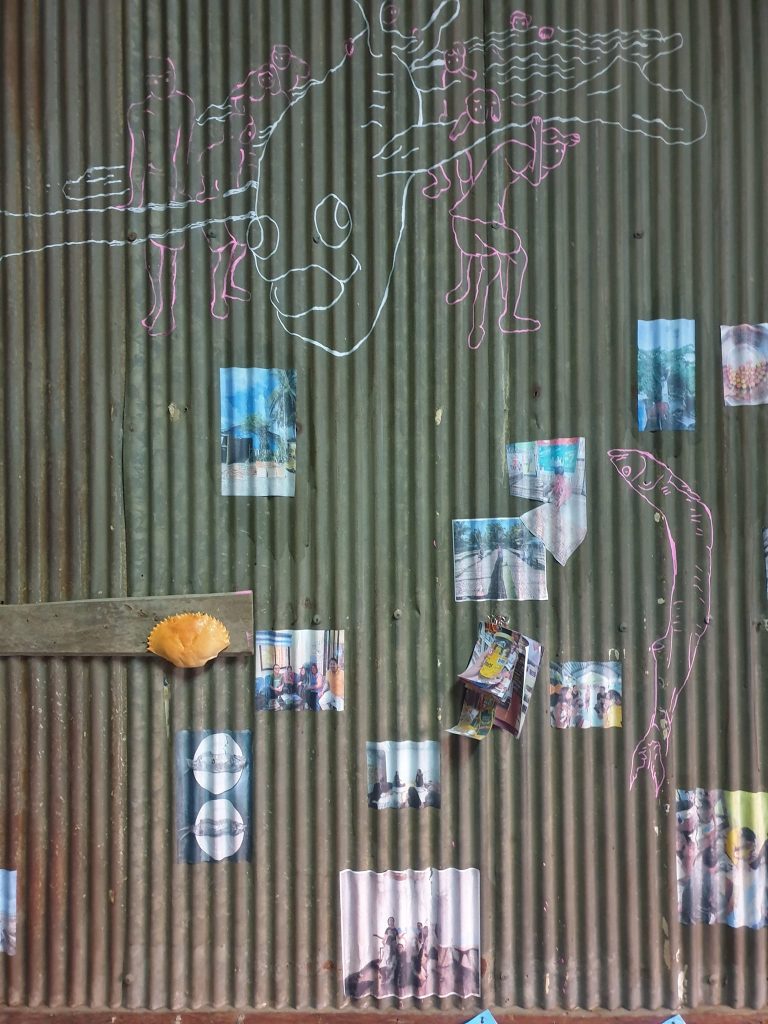
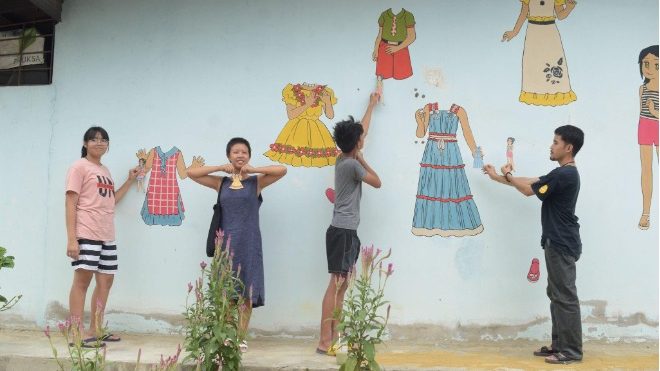
Bottom-up Biennial
Chāo Hàus Really?: Nongpho Community International Art Festival 2024
“Chāo Hàus Really?” is a part of Baan Noorg Biennial#4/2024: Nong Pho, the Tai-Yuan Diaspora. This event stands out among biennial art events for its unique bottom-up approach to curation and organization. Unlike traditional biennials, which are often conceived and orchestrated by external curators or institutions, Baan Noorg Biennial emerged from the grassroots initiatives of the Nong Pho community itself.
This community-driven approach is evident in every aspect of the biennial. The themes, concepts, and artworks featured in the biennial were not imposed from above but rather emerged from the collective experiences and aspirations of the Nong Pho community, particularly the Tai-Yuan diaspora.
Democratized Biennial
This bottom-up approach has several advantages. It ensures that the biennial is deeply rooted in the community’s own cultural identity and history, making it more relevant and meaningful to the local audience. It also empowers the community members to be active participants in the artistic process, fostering a sense of ownership and pride.
Moreover, the bottom-up approach has democratized the biennial, making it a truly inclusive event that reflects the diverse perspectives and experiences of the Nong Pho community. It has also encouraged cross-cultural dialogue and understanding among the community members themselves and with visitors from outside the region.
Empowering Art
Baan Noorg Biennial#4 serves as a model for other biennials to consider adopting a bottom-up approach. By empowering communities to shape their own artistic narratives, biennials can become more impactful and meaningful, fostering cultural exchange and promoting social cohesion.
- Community workshops and discussions: The biennial collective organizers facilitated workshops and discussions among community members to gather ideas and perspectives for the biennial’s themes, concepts, and artworks. This process encouraged active participation and ensured that the biennial reflected the community’s collective voice.
- Collective-curated exhibitions: A selection of artworks was curated by collective and community members themselves, showcasing their artistic talents and perspectives. This approach highlighted the diversity of artistic expression within the community.
- Community-led events: The biennial featured a variety of events, including performances, workshops, and community gatherings, that were planned and executed by community members. This allowed the community to showcase its cultural traditions and connect with each other.
Baan Noorg Biennial demonstrates that biennials can be more than just showcases of art; they can be catalysts for community empowerment, cultural exchange, and social dialogue. By adopting a bottom-up approach, biennials can become more relevant, meaningful, and inclusive, reflecting the true spirit of the communities they serve.
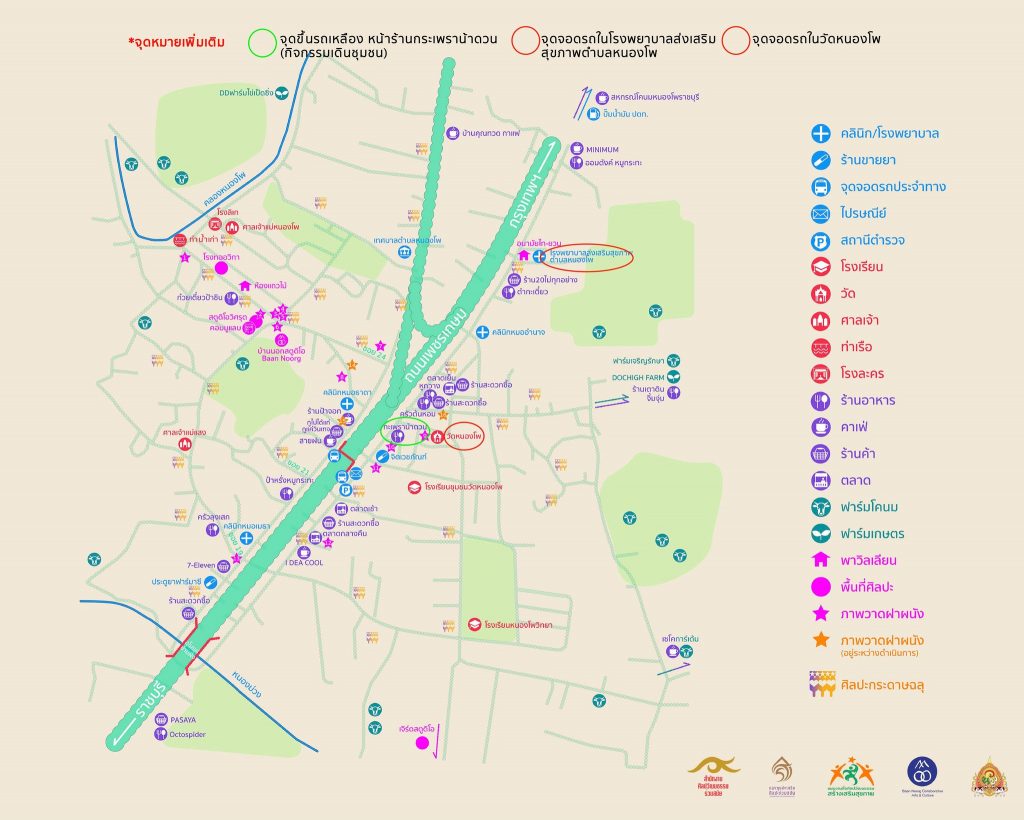
Delve into the Multifaceted Culture of Tai Yuan
Immersive Showcase
Amidst the rich tapestry of Thailand’s cultural landscape, the “Chāo Hàus Really?” International Arts Festival in Nongpho Community stands as a vibrant celebration of diversity and understanding. This captivating event, organized by the passionate residents of Nongpho, promises an unforgettable journey into the heart of Tai Yuan culture and the enchanting beauty of the community itself.
Immerse yourself in the vibrant traditions of the Tai Yuan people, an ethnic group with deep roots in southern China and a rich heritage that has enriched Thailand for centuries. Explore the cultural and historical exhibition that showcases the unique customs, beliefs, and artistic expressions of this fascinating community.
Venture beyond the exhibition and embark on a captivating walking tour of Nongpho, where the spirit of the Tai Yuan people permeates every corner. Discover the charming streets lined with traditional houses, immerse yourself in the lively atmosphere of the community market, and witness firsthand the genuine warmth and hospitality of the locals.
Thai and International
As you wander through the streets of Nongpho, be captivated by the vibrant street art created by both Thai and international artists. These captivating works will transport you to a realm of imagination and creativity, showcasing the boundless artistic talent that thrives within the community.
As the festival reaches its crescendo, let the soul-stirring melodies of live music and performances transport you to a realm of joy and enchantment. Experience the vibrant rhythms and captivating melodies that reflect the spirit of the Tai Yuan people and the Nongpho community.
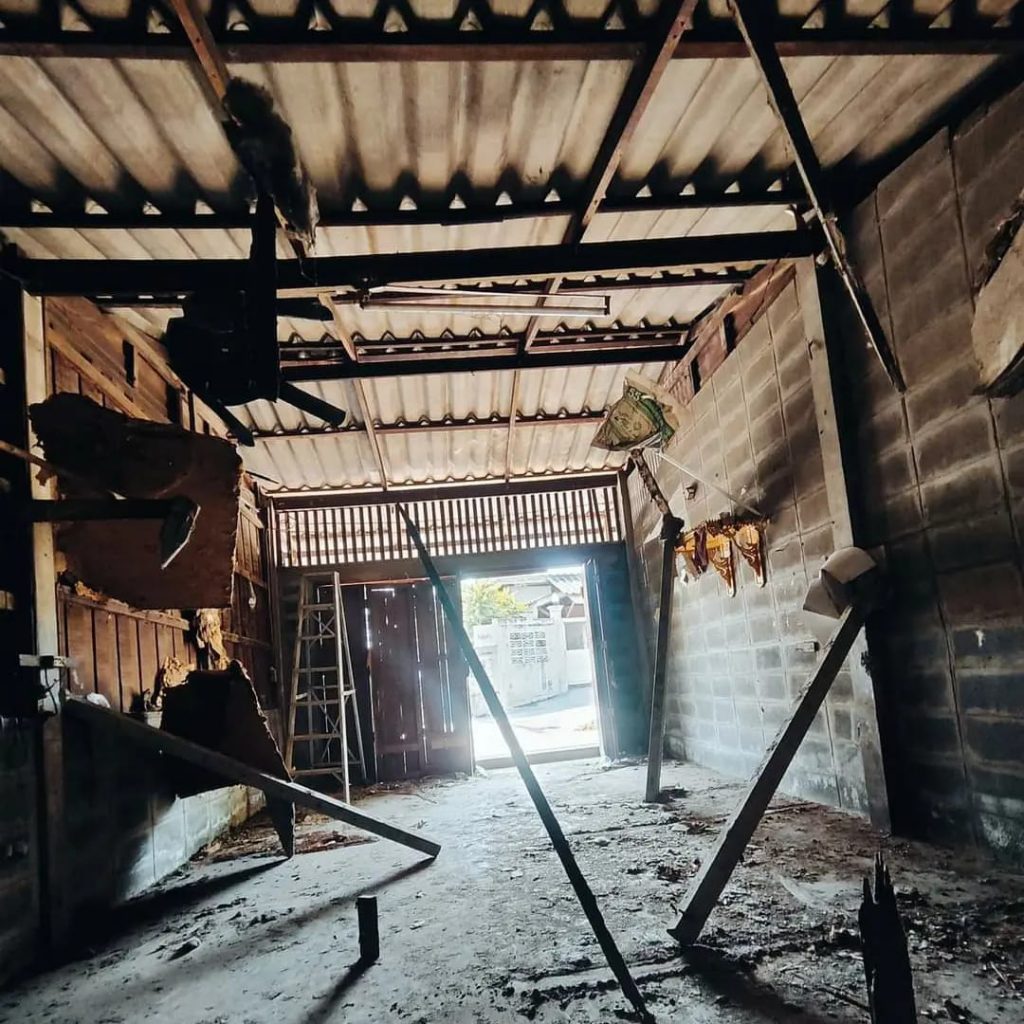
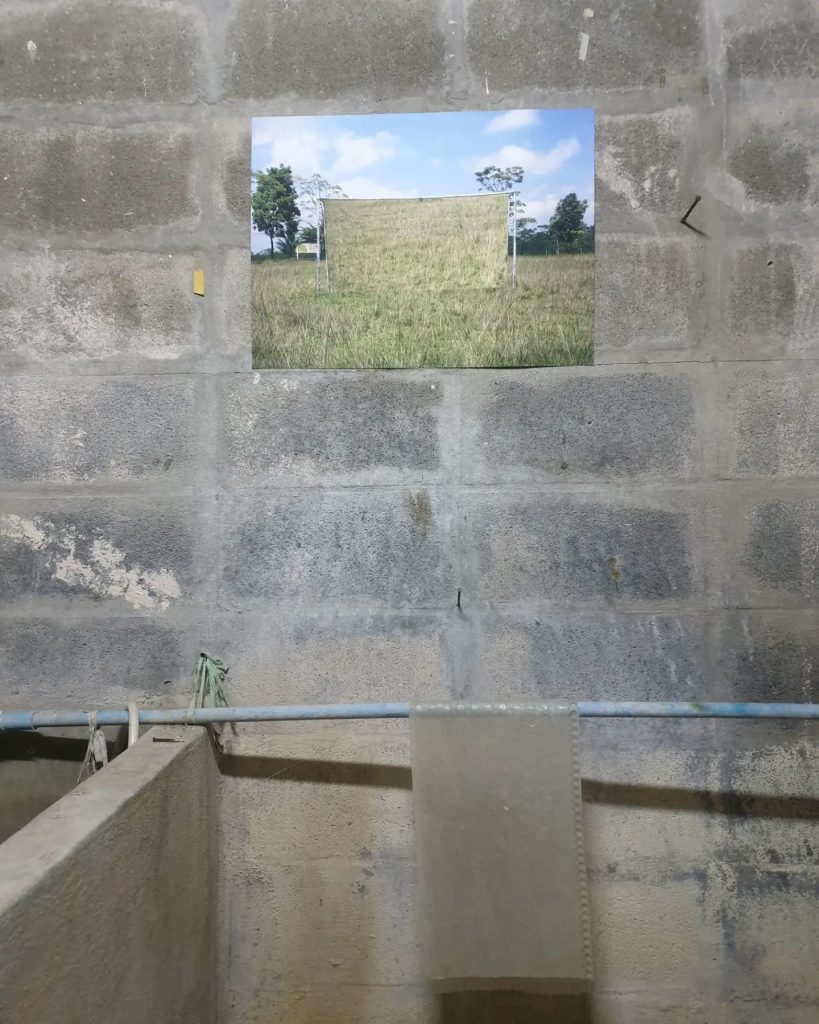
documenta 15 – Baan Noorg Biennial : Jet stream of art
Baan Noorg as a lumbung member
In 2022, recognizing Baan Noorg’s commitment to community-driven art practices and its celebration of cultural diversity, documenta 15 invited Baan Noorg to participate as an official “lumbung” member. This invitation provided a platform for Baan Noorg to share its unique perspective and practices with a global audience, further bridging the gap between local and global art communities.
In contrast to Baan Noorg’s focus on a specific community, documenta 15 adopts a collective-based approach, bringing together artists from diverse backgrounds and localities to collaborate on a shared thematic framework. The documenta’s overarching theme, “lumbung“, emphasizes the importance of sharing resources, knowledge, and experiences within a community of artists.
Baan Noorg’s involvement in documenta 15 exemplifies the exhibition’s commitment to cross-cultural exchange and collaboration. By bringing together artists from diverse backgrounds and fostering dialogue between local communities and international audiences, documenta 15 demonstrates the transformative power of art in bridging cultural divides and fostering global understanding.
Bridging Local Expressions and Global Dialogue
Despite their distinct approaches, Baan Noorg Biennial 2024 and documenta 15 share a common vision: to empower communities and foster global dialogue through art. Baan Noorg’s bottom-up approach empowers the Nong Pho community to celebrate its unique identity and heritage, while documenta 15’s collective-based approach promotes cross-cultural exchange and challenges Eurocentric perspectives on art.
Both art events demonstrate the transformative power of art to connect individuals, communities, and cultures across borders. They serve as models for fostering creativity, promoting understanding, and building a more inclusive and equitable world.
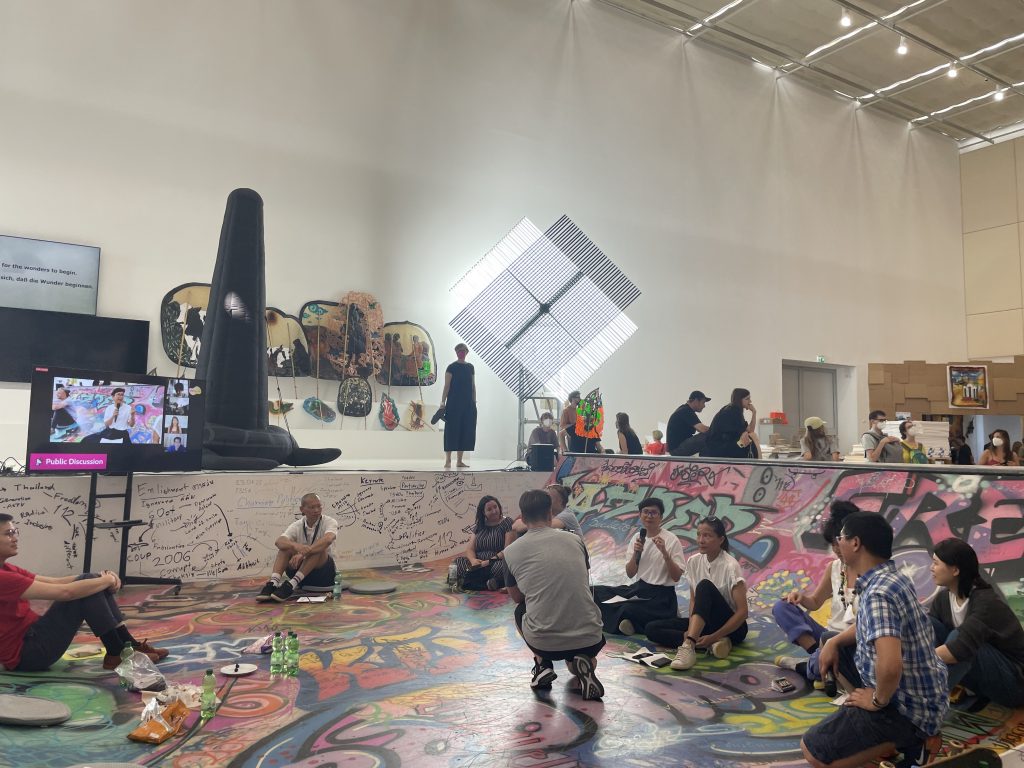
International Arts Festival in Nongpho Community
“Baan Noorg Collaborative Arts and Culture” and the Nongpho community are hosting an international arts festival together, called “Chāo Hàus Really?”. The festival is being organized by the collectives and community members, also features works by Thai and international artists.
This festival began on January 27, 2024, and will run until April 2024. It includes a variety of events, including:
- A cultural and historical exhibition of Tai Yuan culture in Nongpho
- A walking tour of the Nongpho community
- Street art by Thai and international artists
- Exhibitions of art by Thai and international artists
- Eco Walks to explore the community’s natural environment
- Cooking classes using local ingredients
- Live music and performances
The festival is not only a great opportunity to learn about multi-roote culture and understanding the etnic group in Thailand, but also to experience the beauty of the Nongpho community.
For more information, please visit the festival website.
https://www.facebook.com/baannoorg
https://www.instagram.com/baannoorgcollaborative_th
About the Author

Werapol is an engineer specializing in water, climate, energy, and IoT. He transitioned from academia to the startup world. Passionate about innovation and civic engagement, he explores art, history, and politics. His interactions with diverse artists have broadened his worldview.
